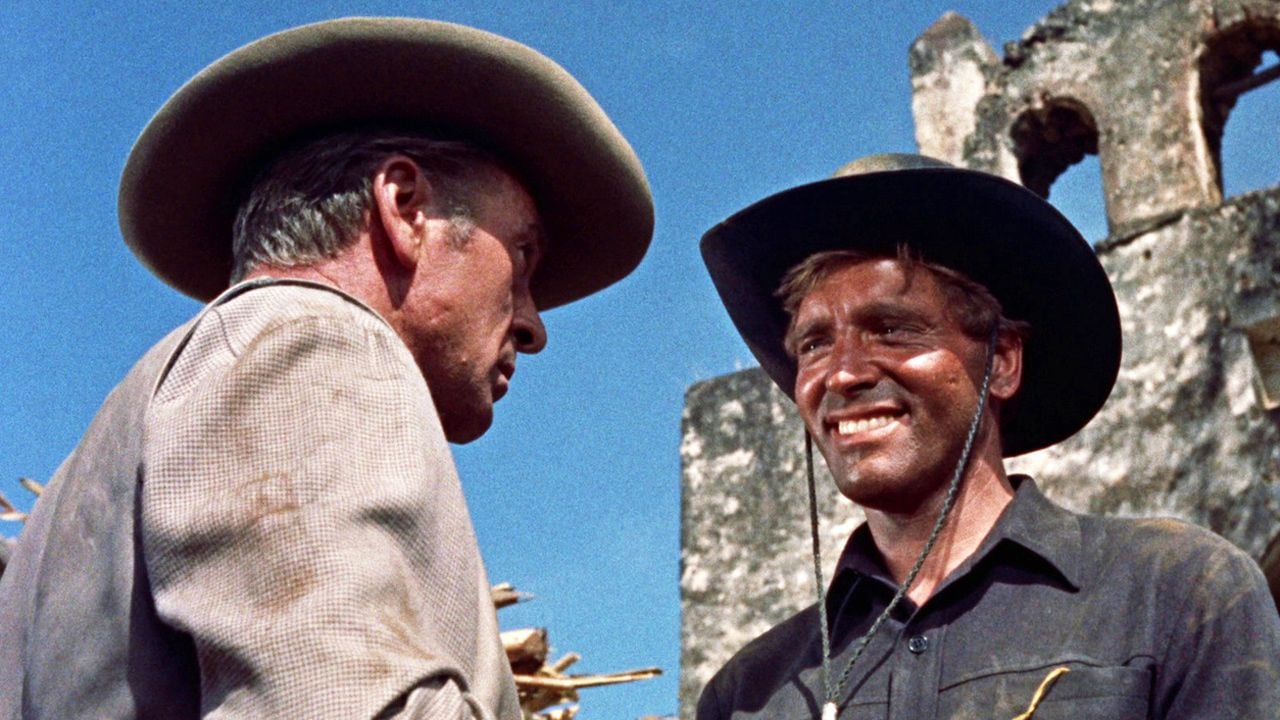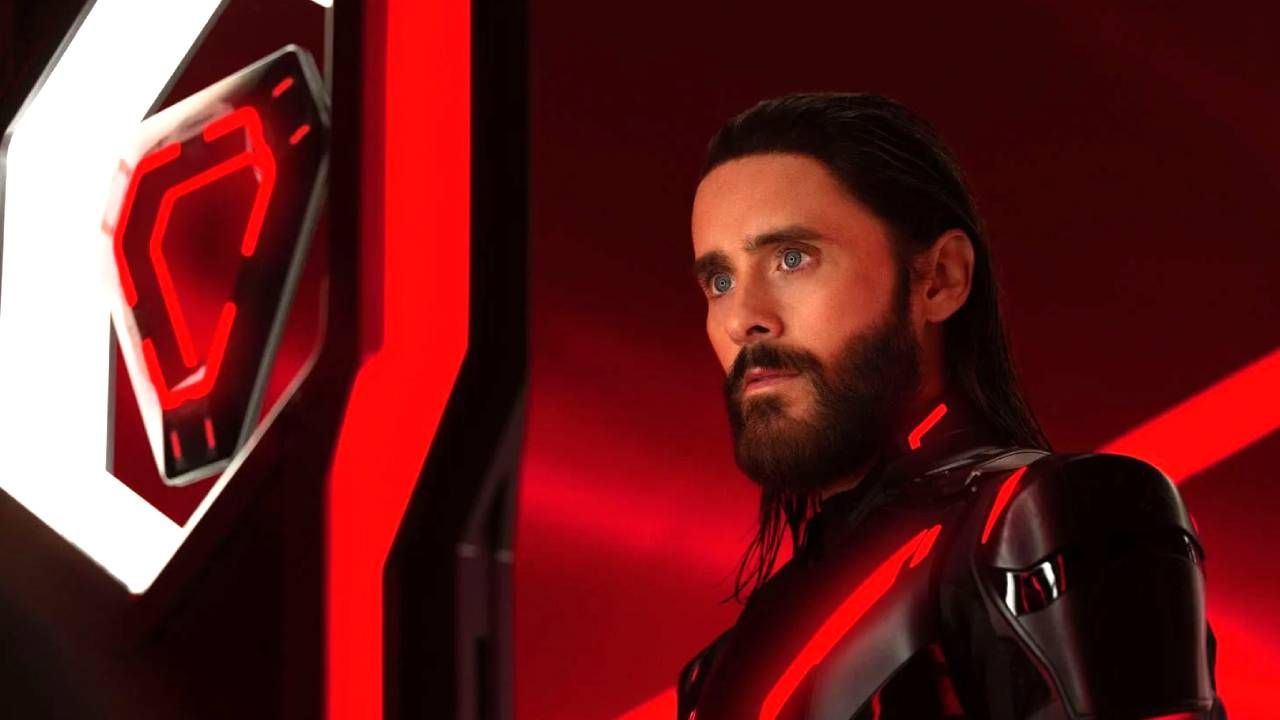Guessing the physical appearance of a dinosaur – or any extinct animal – based on its fossils is already a complicated undertaking, with so many uncertainties involved. Evaluating the intelligence of a dinosaur, considering the countless factors that contribute to this characteristic, is exponentially more difficult.
A study published last year by neuroscientist Suzana Herculano-Houzel, of Vanderbilt University, evaluated the intelligence of Tyrannosaurus Rex by focusing on the estimated brain size and number of brain neurons, compared to those of primates, particularly the baboon. , caused a stir in scientific circles.
Now, an interdisciplinary scientific team has published a study in response, questioning Herculaneum-Houzel’s methodology and challenging his assessment of the intelligence of T. Rex and other large predatory dinosaurs of the theropod suborder.
They suggest a more holistic approach to assessing the brain capacity of Tyrannosaurus or any extinct animal, with brain size and number of neurons along with other factors such as the animal’s anatomy and ecology, data from living relatives, and fossil evidence about how he moved and fed him. offer a glimpse into his life.
“Our main findings are that the brains of most dinosaurs, including T. Rex, were comparable in relative size to those of living reptiles such as crocodiles and alligators. Furthermore, the number of neurons was probably not exceptional, especially for dinosaurs. animals of their body.” mass,” said zoologist Kai Caspar, of Heinrich Heine University in Germany, who studies the behavior of living animals and was the lead author of the study published this week in the journal The Anatomical Record.
“What needs to be underlined is that reptiles are certainly not as stupid as people think,” Caspar added. “Their behaviors can be very complex and the experimental data we have indicate many cognitive similarities between them, mammals and birds. So, although there is no reason to suppose that T. Rex had similar habits to primates, it certainly was a sophisticated animal in terms of behavior.”
Herculano-Houzel said he continues to stand by his findings and that the new analysis is flawed.
“The only thing in dispute is what was already in place at the time of my study: how big dinosaur brains actually were. Even then there was talk of the difference between a T. Rex brain and the size of a baboon.” or a monkey,” Herculano-Houzel said.
“Their conclusion hinges on a single extremely important point: whether theropods like T. Rex shared their relationship (brain-body size) with their ostrich and warm-blooded chicken cousins, or with their more distant living relatives, crocodiles. I said the first option because now I’ve compared theropods to ostriches and chickens, they say it’s the second option,” added Herculano-Houzel;
Caspar said comparisons with modern birds are also an integral part of the new study.
“It’s not a trivial matter”
There are problems with trying to assess intelligence by counting neurons in the brain, Caspar said.
“The first hurdle is estimating the actual size of the brain of the extinct animal in question. This is not a trivial question in dinosaurs. While the brain fills most of the cranial cavity in birds and mammals, this is not the case in species of reptiles, whose brains only fill between 30% and 50% of the cranial cavity,” Caspar said.
“The 2023 study assumed that dinosaurs like T. Rex were 100% stuffed and that was certainly not the case,” he added.
It’s not known how dense the neurons were in dinosaur brains, Caspar said.
“However, when looking at live animals, we see that neuron counts are actually not a good indicator of intelligence, even though it may seem intuitive at first glance,” Caspar added.
Dinosaurs, with the exception of their bird descendants, disappeared 66 million years ago after an asteroid hit Earth. In two centuries of scientific study, dinosaurs are becoming more and more defined, although there are still many uncertainties about Tyrannosaurus and other species.
Source: Terra
Rose James is a Gossipify movie and series reviewer known for her in-depth analysis and unique perspective on the latest releases. With a background in film studies, she provides engaging and informative reviews, and keeps readers up to date with industry trends and emerging talents.







